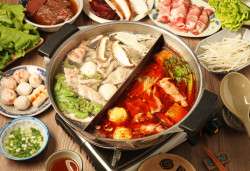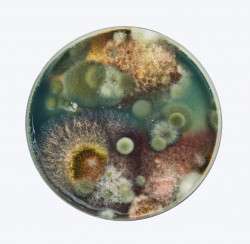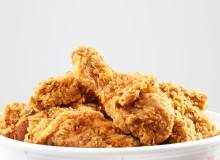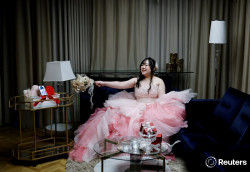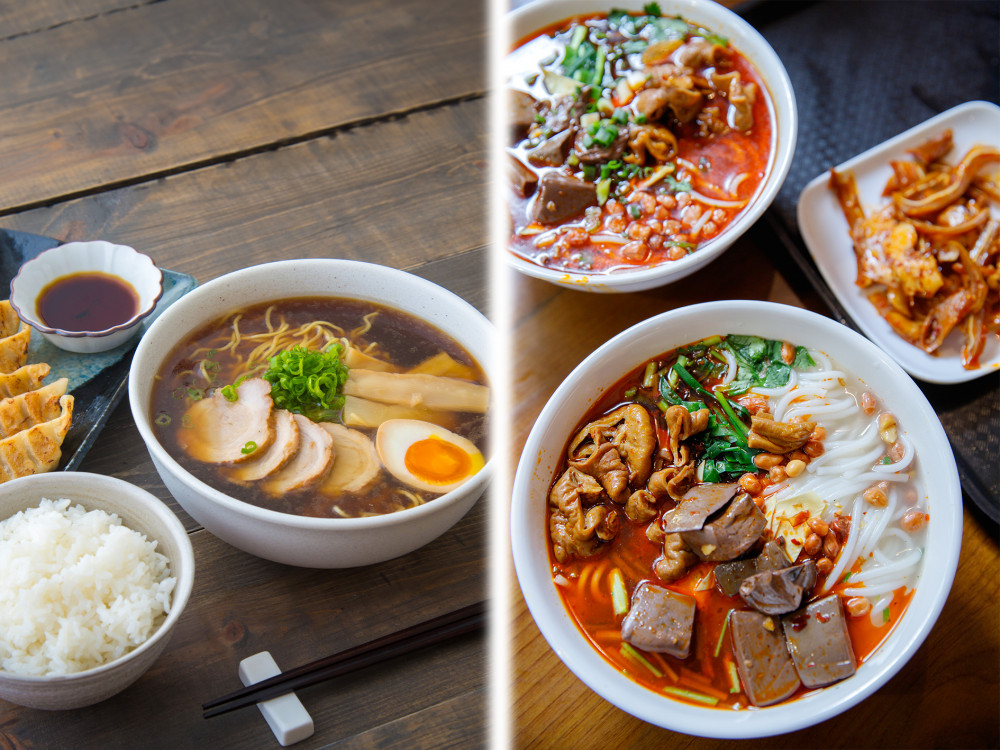
October 11, 2024
A Tale of Two Chinese Cuisines in Japan: Machi Chuka and Gachi Chuka
“Neighborhood Classics” vs “Authentic Delicacies,” plus top restaurant picks for each category
What do ramen and gyoza have in common?
Chinese cuisine has carved out a significant space in the streets of Japan, where the food scene is saturated with a blend of domestic and foreign influences.
Japanese media has frequently used the terms “machi chuka (町中華)” and “gachi chuka (ガチ中華)” to depict two major categories within this broad spectrum, illustrating the history and evolution of Chinese cuisine in the country.
Machi chuka translates to “neighborhood Chinese” while gachi chuka means something like “legit Chinese” or “serious Chinese.” While seemingly simple, these terms represent a rich dichotomy in how Chinese food is perceived and enjoyed across the country.
So, where can we find lamian and jiaozi in Tokyo? Here’s an overview of machi chuka and gachi chuka restaurant top picks in the city.
What is Machi Chuka?
Machi chuka refers to a style of Chinese food deeply ingrained in Japanese neighborhoods. It’s the kind of cuisine that feels like a warm embrace—familiar and comforting. These neighborhood Chinese joints, often family-run, have been staples in Japanese cities for decades.
It fascinates me how Chinese food that has been heavily localized often serves as comfort food in many cultures. Take orange chicken in the U.S. and jjajangmyeon in Korea, for example. In Japan, this is gyoza (from jiaozi) and ramen (from lamian), both of which have become so ingrained in Japan that people from abroad often consider them to be quintessentially Japanese food.
I experienced this confusion firsthand at a place in Paris called “Laï-laï ken,” which serves machi chuka food. It was listed as “restaurant japonais” in French, but in Japanese, it was labeled a “Chinese restaurant” when I first visited over a decade ago. Years later, someone even left a Google review in English, accusing it of serving “fake Japanese food” because of its Chinese influence. Now, it’s listed as a “ramen restaurant,” which finally clears up the confusion.
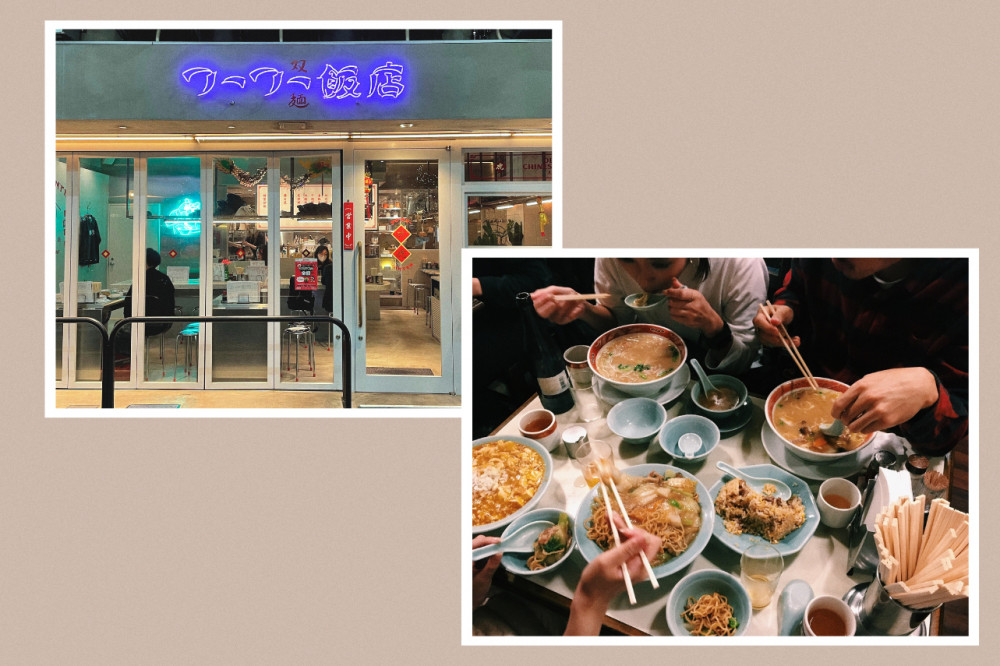
Left: Fufu Hanten, a popular Kinshicho restaurant known for its machi chuka dishes, served in a neon-lit retro-modern setting, a style called ‘neo chuka’ that’s especially popular among Gen Z
Right: Ryuho in Kagurazaka, photo by Maasa Ogawa
The Ubiquitous Comfort of Machi Chuka
In recent years, ramen has risen to prominence and enjoys a status close to sushi in Japanese cuisine. Diners in Japan now often enjoy ramen in specialty shops, and the expanding ramen scene is becoming so distinct that the traditional association with machi chuka is fading. While it makes me sentimental to see this shift, it also highlights the significant impact of Chinese cuisine shaping contemporary Japanese food, after it was introduced through early immigration from China and Taiwan.
Tenshin-han (tianjin-fan), a fluffy omelet draped over rice and smothered in a thick sauce, is another standout dish that emerged from machi chuka. However, it does not exist in Tianjin, China. It has a strange resemblance to omurice, which is part of yoshoku (Japanized Western) cuisine. In Eastern Japan, a ketchup-based sweet and sour sauce is typically used, while Western Japan favors a soy or salt-based gravy.
The charm of machi chuka lies in its accessibility and its role as a community hub. These establishments are places where locals gather for a quick, hearty meal. The recipes are often passed down through generations, creating a sense of continuity and tradition that resonates with the diners.
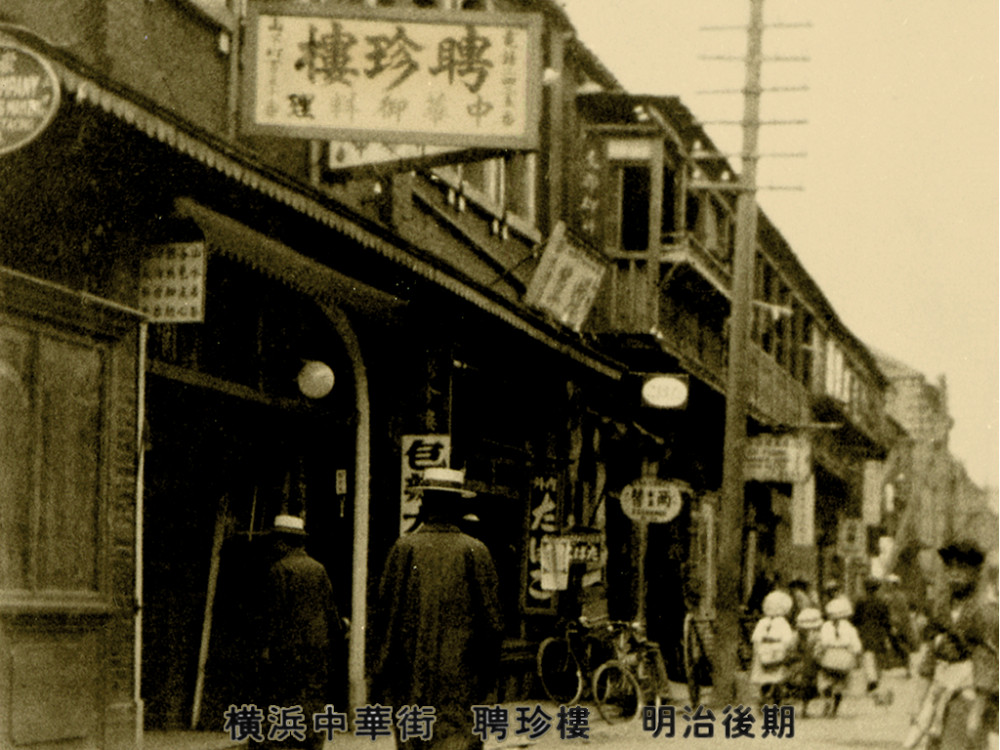
Heichinro, a Cantonese restaurant in Yokohama, opened in 1884 during the Meiji era by an immigrant family (courtesy of Heichinro)
What is Gachi Chuka?
On the other end of the spectrum is gachi chuka, a style that leans heavily towards authenticity. Gachi chuka is all about replicating the flavors and techniques of Chinese cuisine in Greater China. The term was nominated for the Annual Buzzword Award (Shingo Ryukogo Taisho) in 2022. I’ve caught this in conversations many times. Someone says, “Let’s grab Chinese” and right away, the other goes, “Oh, you mean gachi chuka or …?”
Chinese immigrants have often led Chinese food in Japan. Yet, many establishments purposely chose to suit local palates to gain acceptance, leading to the birth of machi chuka. However, recently, the growing audience of those appreciating unadjusted flavor prompted the emergence of gachi chuka. This reflects not only the adventurous tastes of Japanese diners but also the influence of the Chinese community, particularly exchange students. This demographic has helped create a stable market for genuine Chinese flavors and has encouraged Chinese restaurant chains to enter the Japanese market.
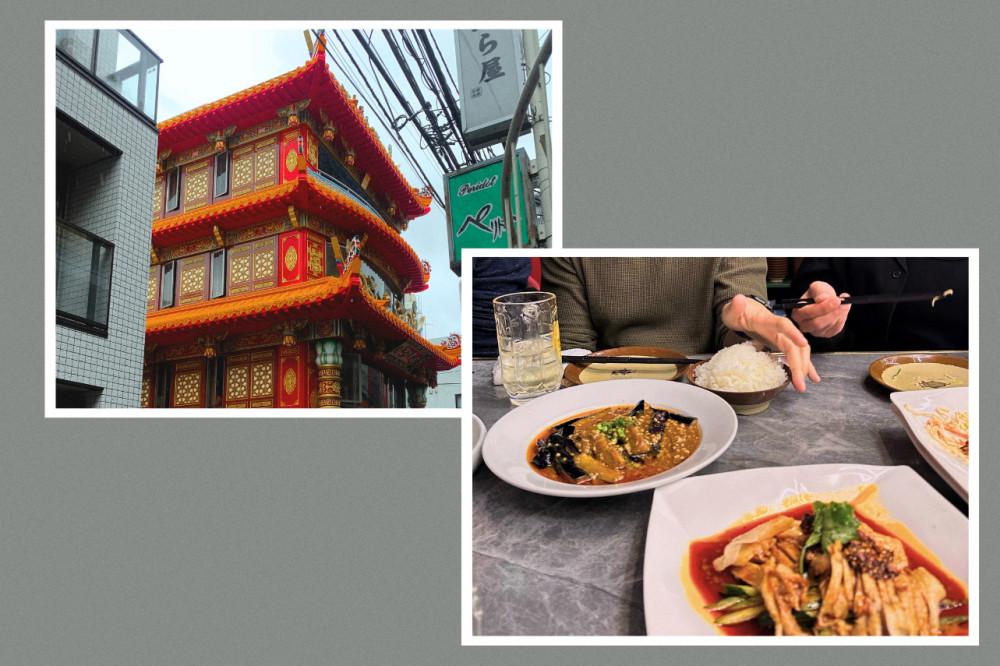
Left: The Okubo area, a neighborhood with a growing number of restaurants and shops catering to Chinese communities
Right: Sa Jiao Xiao Jiu Guan in Okubo
The Authentic Allure of Gachi Chuka
Gachi chuka brings attention to the diversity of Chinese cuisine. Cantonese influences, along with elements from Shanghai, Beijing, and Szechuan cuisine have predominantly shaped Chinese food in Japan. The gachi chuka trend, however, emphasizes dishes from lesser-known regions.
Think Yunnan, known for its fresh herbs and tangy notes; Guizhou, where fermentation and pickling create bold pungent notes; Fujian, celebrated for its delicate umami; Jilin, influenced by its native Korean, Mongolian, and Manchurian populations; and Gansu, where Silk Road trade routes have shaped its culinary offerings.
Compared to machi chuka which is virtually in every neighborhood, gachi chuka is associated with certain areas of Tokyo like Ikebukuro, Ueno, Koiwa, Takadanoba and Kinshicho. The increasing popularity of gachi chuka makes these areas hot spots for diners, as they would travel in order to get the authentic taste.
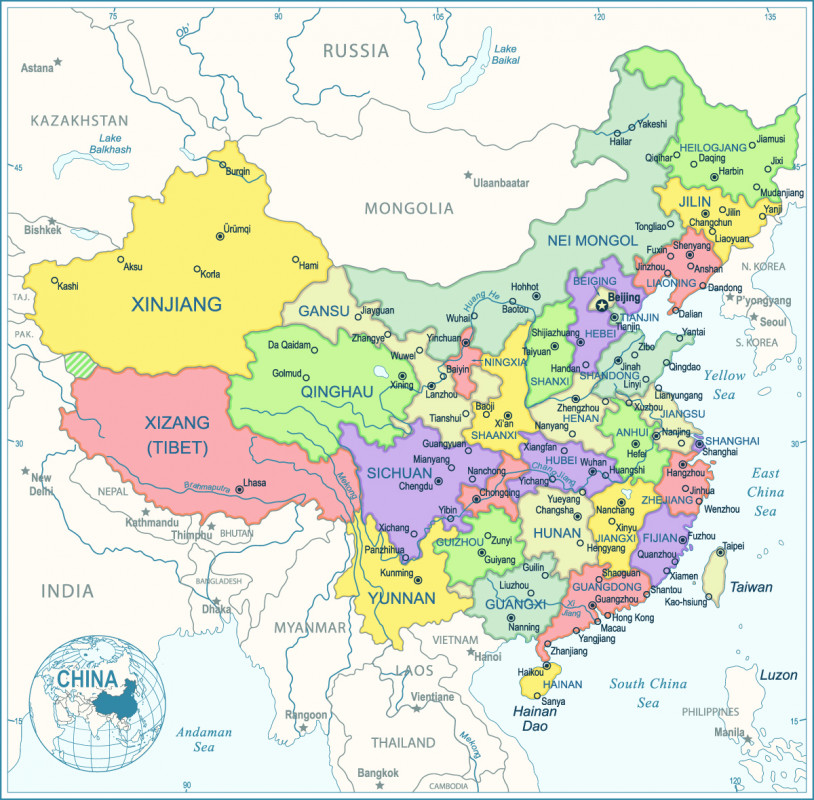
Map of People’s Republic of China and Republic of China (Taiwan), image by istock / dikobraziy
Editor’s Picks for Top Machi and Gachi Chuka
Machi Chuka
・Hisago-tei(ひさご亭)
Famous for its gigantic deep-fried gyoza filled to the brim with sweet cabbage and pork.
3-22-2 Minamiono, Ichikawa, Chiba
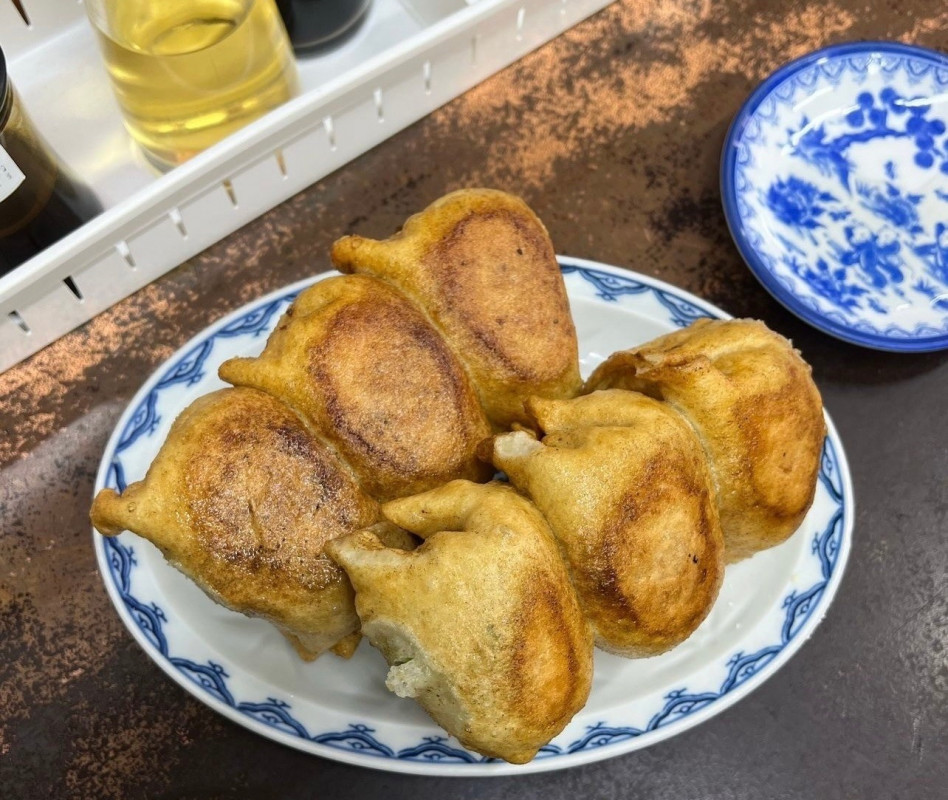
(Photo by Gyoza Club / Instagram: @gyoza_club)
・Ryuho (龍朋)
Known for its fried rice and ramen, both highly praised by Kagurazaka locals.

(Photo by Maasa Ogawa / Instagram: @maasao)
・Chinese Cuisine Wanlai(萬来)
A local favorite for shrimp fried rice, cooked to perfection every time.
2-16-17 Matsushima, Edogawa-ku
・Yoshida-ya(吉田屋)
Classic joint serving curry rice and omurice alongside Japanese-Chinese dishes.
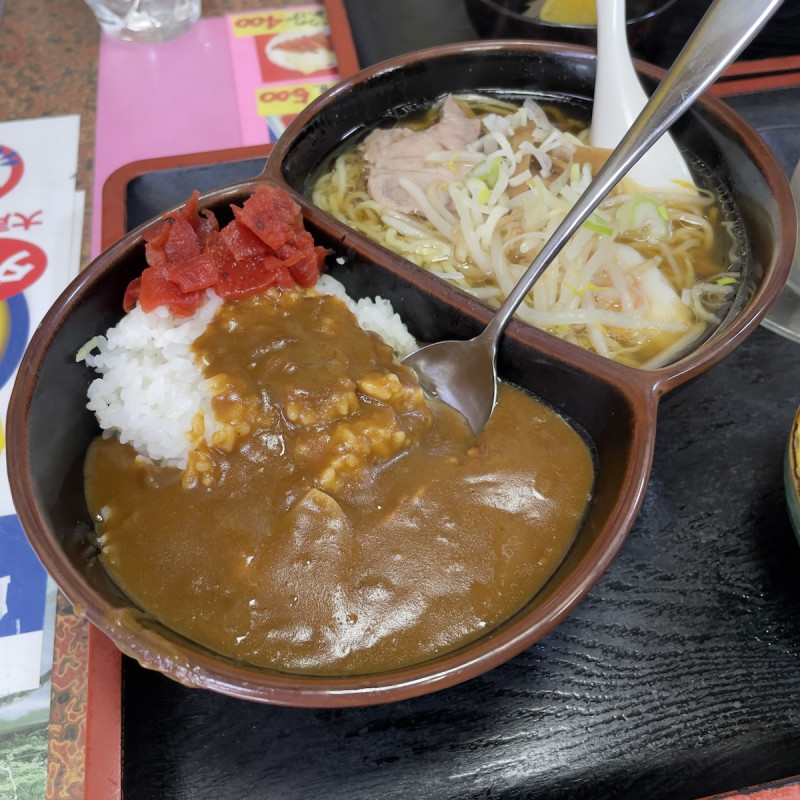
(Photo by htjp / Instagram: @htjp)
Gachi Chuka
・Wu Ji Sha Guo Mi Xian (呉記砂鍋米線)
Owned by a couple from Liaoning, this spot specializes in clay pot noodle dishes, including potato noodles popular in Northern China.
8-11-3 Minamikoiwa, Edogawa-ku
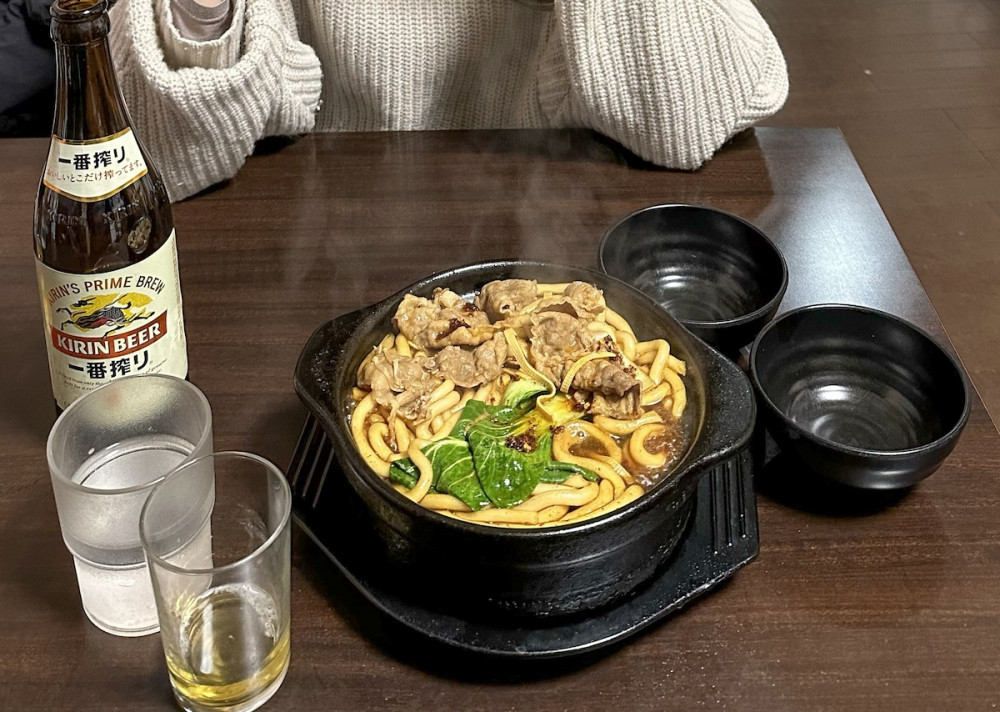
・Silk Road Tarim Uyghur Restaurant(ウイグル料理 シルクロード・タリム)
Halal Uyghur fare from the autonomous region of Shinjang (Xinjiang) with highlights like spiced lamb skewers and laghman noodles.
3-15-8 Nishishinjuku, Shinjuku-ku
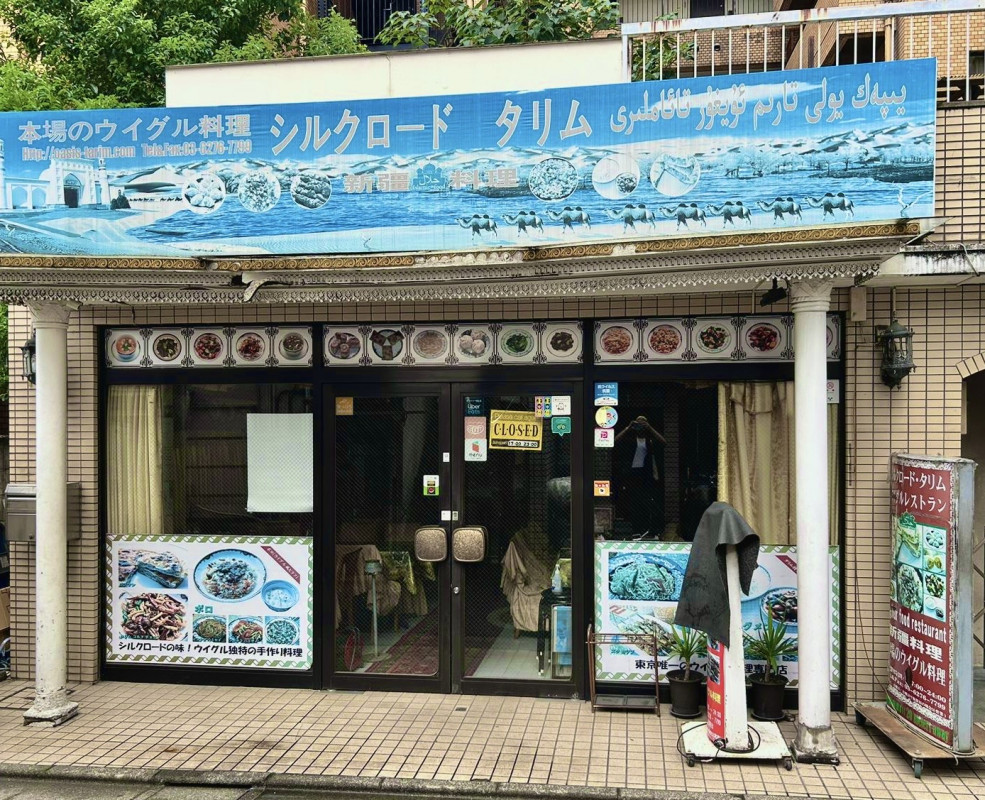
(Photo by Matteo Rizzuto / Instagram: @matteorizzuto)
・Yang Ming Yu Guang Men Ji Mi Fan (Yang’s Braised Chicken 楊銘宇 黄燜鶏米飯)
This Shandong-based chain specializes in rich and savory braised chicken, earning Yang’s a loyal following worldwide.
2−14-8 Takadanobaba, Shinjuku-ku
・Friendship Food Center (Yugishokufu 友誼食府)
This vibrant food court in Ikebukuro offers a diverse selection of regional Chinese cuisines, from Heilongjiang to Shanxi, all under one roof.
1−28−6 Nishiikebukuro, Toshima-ku
・Wangdianshan (Botenzan 望滇山)
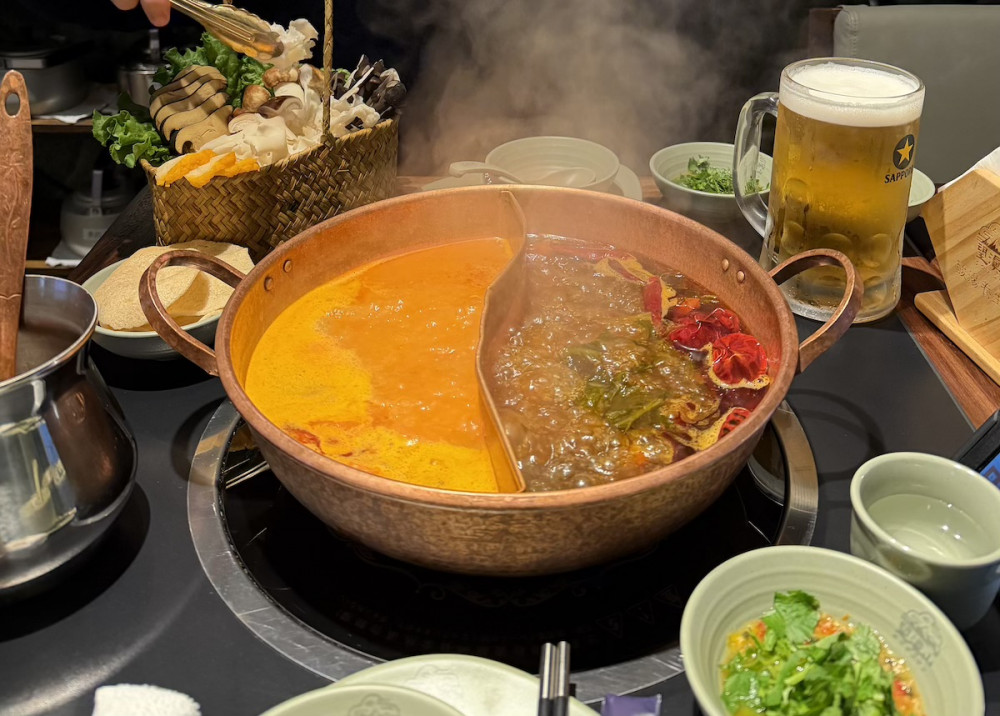
This restaurant highlights the tropical side of Yunnan cuisine, serving hot pot flavored with passion fruit and dipping sauces such as nanmi, a condiment from the Dai people.
・Mazilu Niuroumian (马子禄 牛肉面)
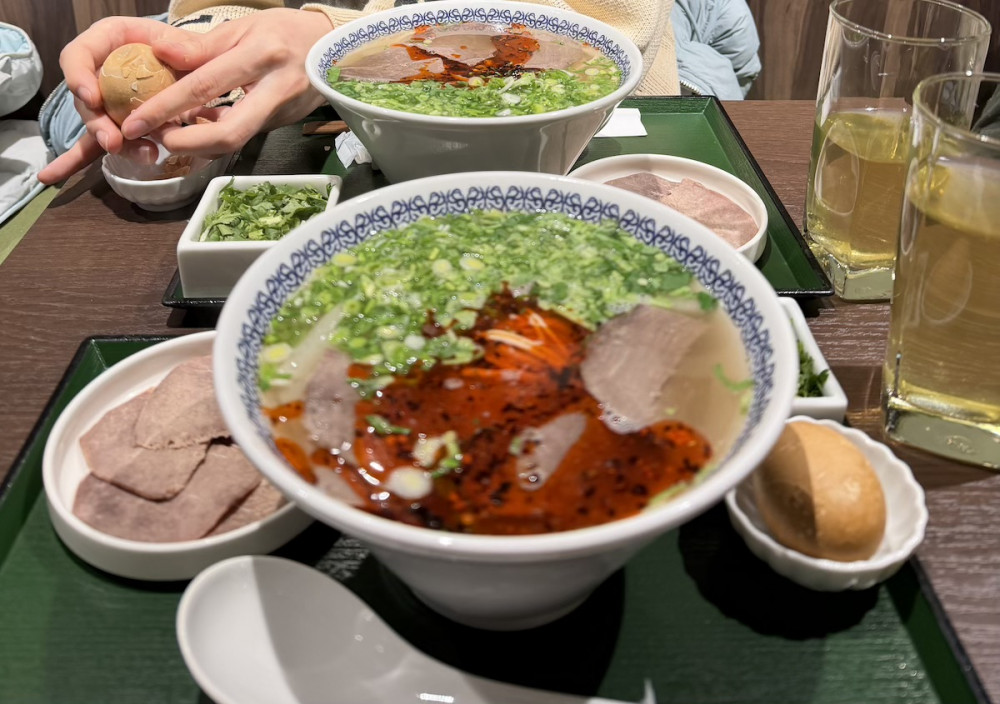
A famous beef noodle shop from Lanzhou has opened its first overseas branch in Jimbocho. Lanzhou is known as China’s lamian capital, famous for its halal beef noodles developed by the Hui people. With a history of over 100 years, the brand has already become popular with both Japanese locals and Chinese residents.
